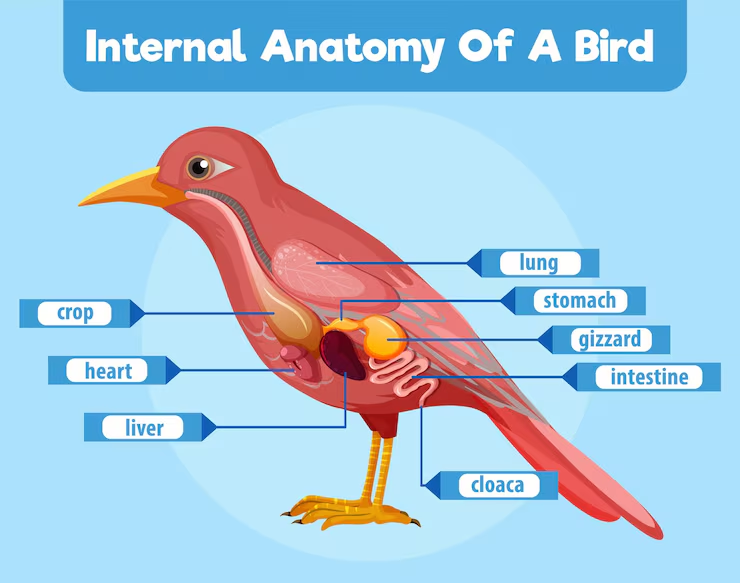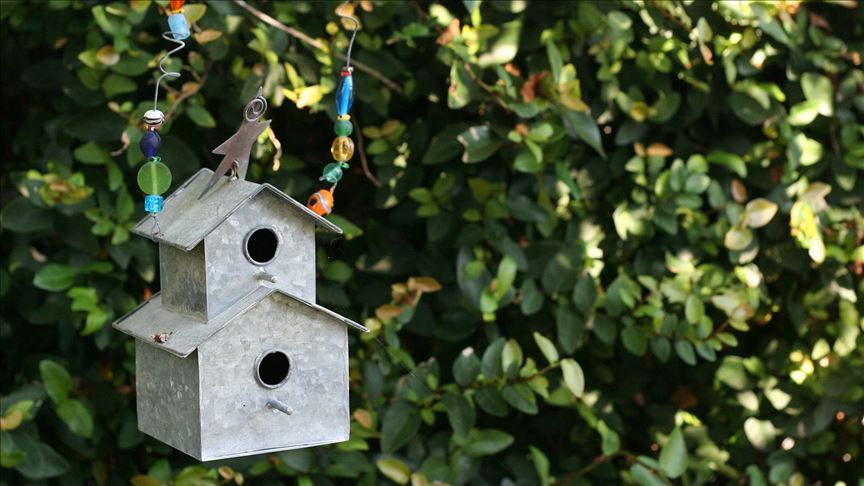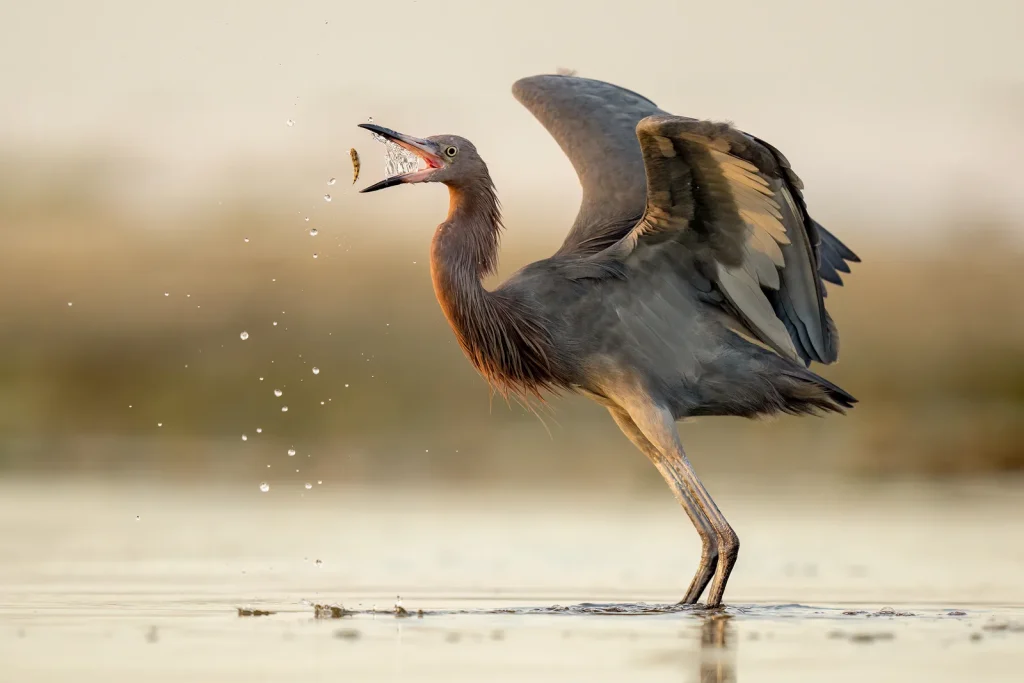Have you ever heard someone say they want a “bird eye view” of a situation and wondered what that really means? You’re not alone.
This common phrase pops up often, but its true meaning might surprise you. Understanding this idiom can change how you see problems, decisions, and even daily tasks. Keep reading, and you’ll discover how a simple shift in perspective can make a big difference in your life.

Credit: dictionary.cambridge.org
Origin Of Bird Eye View
The idiom “bird eye view” means looking at something from above. It gives a clear idea of the whole picture. This phrase helps describe seeing a situation or place in a wide and general way.
This phrase comes from how birds see the world when they fly high. Their view covers large areas and details look smaller. People use this idea to explain a broad or overall perspective.
Historical Background
The term “bird eye view” started long ago. Ancient maps often showed towns and lands from above. This helped travelers and rulers understand large areas quickly. Artists and mapmakers drew scenes as if seen by birds.
- Early maps in ancient Egypt and Greece used this style.
- During the Renaissance, detailed aerial views became popular.
- Explorers and city planners used bird eye views for navigation.
- In the 19th century, bird eye view drawings helped in city development.
Evolution Of Usage
Over time, “bird eye view” grew beyond maps. It now describes many situations. People use it in business, technology, and daily talk. It means seeing all parts of a problem or place at once.
| Time Period | Usage | Example |
| Ancient Times | Maps and drawings | Showing cities from above |
| Renaissance | Art and city planning | Detailed aerial views |
| Modern Era | Business and technology | Overview of projects or data |
Literal Meaning
The idiom “bird eye view” means looking at something from very high above. It is like how a bird sees the ground below while flying.
This view shows a large area all at once. It helps to see the big picture and understand how parts fit together.
Perspective From Above
A bird eye view means seeing things from the top, as if you were flying. This view is very different from looking up close.
From above, you can spot patterns and shapes that are hard to see on the ground. It helps to understand the whole scene at once.
- Shows wide areas in one glance
- Highlights relationships between objects
- Reveals paths and routes clearly
Common Contexts
People use the phrase “bird eye view” in many situations. It often means seeing the main points, not the small details.
This view is common in maps, designs, and plans. It helps to plan or explain something clearly and simply.
- Map reading and navigation
- City or building planning
- Project overviews and summaries
- Photography and video filming
Figurative Meaning
The idiom “bird eye view” means seeing something from a high point. It is not about birds or eyes literally.
This phrase means looking at the whole picture, not just small details. It helps to understand the big idea.
Broad Overview
A bird eye view shows everything from above. It helps to see how parts connect in a whole system.
People use this view to get a quick sense of a place or situation. It avoids confusion from too many details.
- Shows the entire area at once
- Helps understand relationships between parts
- Makes complex things easier to grasp
Strategic Insights
Using a bird eye view means thinking ahead and planning well. It helps spot problems before they grow.
This view supports better decisions by keeping focus on main goals. It guides smart moves and clear direction.
- Identifies key priorities
- Shows possible risks and opportunities
- Improves planning and resource use

Credit: www.youtube.com
Applications In Everyday Life
The idiom “bird eye view” means seeing something from above or looking at the big picture. It helps us understand a situation clearly and quickly.
This view is useful in many areas of life. It helps people plan, learn, and solve problems better by focusing on the main points.
Business And Management
In business, a bird eye view helps managers see the whole company at once. It shows how different parts work together.
- Understand overall company goals
- Track progress across departments
- Spot problems early
- Make better decisions
Education And Learning
Students and teachers use a bird eye view to organize ideas and plan lessons. It helps them see the main topics and how they connect.
| Benefit | Description |
| Better Planning | Shows all subjects or topics at once |
| Clear Focus | Helps find key ideas quickly |
| Improved Memory | Links facts and concepts together |
Benefits Of Using Bird Eye View
The idiom “bird eye view” means looking at something from above. It shows the whole picture at once. This way of seeing helps people understand situations better.
Using a bird eye view helps in many ways. It gives a clear and simple way to see problems or plans. This helps people make smart choices and solve problems easily.
Improved Decision Making
When you use a bird eye view, you see all parts of a situation. This helps you know what is most important. You can compare options and think about results better.
This wide view stops you from missing key details. It helps you choose the best path quickly. You feel more confident in your decisions.
- Sees the big picture clearly
- Helps find important details
- Makes comparing options easier
- Supports quick and smart choices
Enhanced Problem Solving
Looking from above helps you spot problems early. You can see how parts connect and affect each other. This makes it easier to find the cause of issues.
With a bird eye view, you plan solutions that fix the whole problem. You avoid fixing only small parts. This saves time and effort in the long run.
- Identifies problems quickly
- Shows how parts relate
- Helps find root causes
- Supports effective solutions

Credit: www.youtube.com
Bird Eye View In Technology
The idiom “bird eye view” means seeing something from above. It shows a wide and clear look at a place or object. This view helps people understand the whole scene easily.
In technology, bird eye view is used to improve how we see and use maps, drones, and images. It helps in many fields for better control and understanding.
Mapping And Navigation
Bird eye view helps create maps that show streets, buildings, and land from above. GPS and navigation apps use this view to guide users clearly.
- It shows routes and traffic clearly.
- Helps find locations fast.
- Improves safety by showing road conditions.
- Used in city planning and real estate.
Drones And Aerial Imaging
Drones use bird eye view to take pictures and videos from the sky. This helps in surveys, farming, and even movie making.
| Use | Benefit |
| Land Survey | Shows land shape and size clearly |
| Crop Monitoring | Detects plant health from above |
| Filming | Creates wide and smooth shots |
| Search and Rescue | Finds missing people faster |
Common Misconceptions
The idiom “bird eye view” means to see something from above, like a bird flying. People often misunderstand its true meaning.
Many confuse this idiom with other ways of looking at things. It is important to know what it really means and what it does not.
Confusing With Other Perspectives
Some think “bird eye view” means knowing all details about a topic. It actually means seeing the big picture, not the small parts.
People also mix it with a “close-up view.” Close-up shows details, but bird eye view shows the whole scene from above.
- Bird eye view shows the whole area at once.
- Close-up focuses on small details or parts.
- Ground level view shows what people see standing on the ground.
Limitations To Consider
Bird eye view does not show everything clearly. It hides small details that might be important.
This view can make some things look less important because they are small or far away.
- Does not show fine details well.
- Makes small objects hard to see.
- Can miss important close-up information.
Tips To Develop A Bird Eye View
Having a bird eye view means seeing the whole picture, not just the small parts. It helps you understand how things connect.
This skill is important for making good decisions and solving problems. Here are some tips to help you develop it.
Practicing Big Picture Thinking
Big picture thinking means looking beyond details. It helps you see how parts fit into the whole system.
- Set aside time to review overall goals and plans.
- Ask yourself how each task fits into larger objectives.
- Use diagrams or maps to visualize connections.
- Discuss ideas with others to get different views.
- Practice summarizing information in a few sentences.
Avoiding Detail Overload
Focusing too much on details can make you miss important points. Avoid getting stuck on small things.
| Tip | How It Helps |
|---|---|
| Limit information intake | Prevents overwhelm and confusion |
| Prioritize key facts | Keeps focus on what matters most |
| Take breaks | Refreshes your mind for clearer thinking |
| Use summaries | Condenses details into main ideas |
Frequently Asked Questions
What Does The Idiom “bird Eye View” Mean?
A “bird eye view” means seeing something from a high, overall perspective. It shows the big picture clearly. This idiom helps understand situations broadly, not focusing on small details.
How Is “bird Eye View” Used In Daily Language?
People use “bird eye view” to describe an overview or summary. It means looking at something from above, seeing all parts at once. It helps in planning and decision-making.
Why Is “bird Eye View” Important In Problem-solving?
A “bird eye view” helps see problems clearly and fully. It allows identifying key issues and possible solutions easily. This approach prevents missing important details and improves outcomes.
Can “bird Eye View” Apply To Business Strategies?
Yes, businesses use a “bird eye view” to analyze markets and competition. It helps in creating effective strategies by understanding the whole environment. This leads to better planning and success.
Conclusion
Understanding the idiom “bird’s eye view” can be quite useful. It means seeing things from a high, broad perspective. This viewpoint helps in understanding situations better. Just like birds see large areas from above. In business or planning, this approach aids in strategic decisions.
It’s about seeing the big picture, not just details. So, next time you hear this phrase, think of a wide perspective. It offers clarity and insight. Embrace it to improve your understanding.





